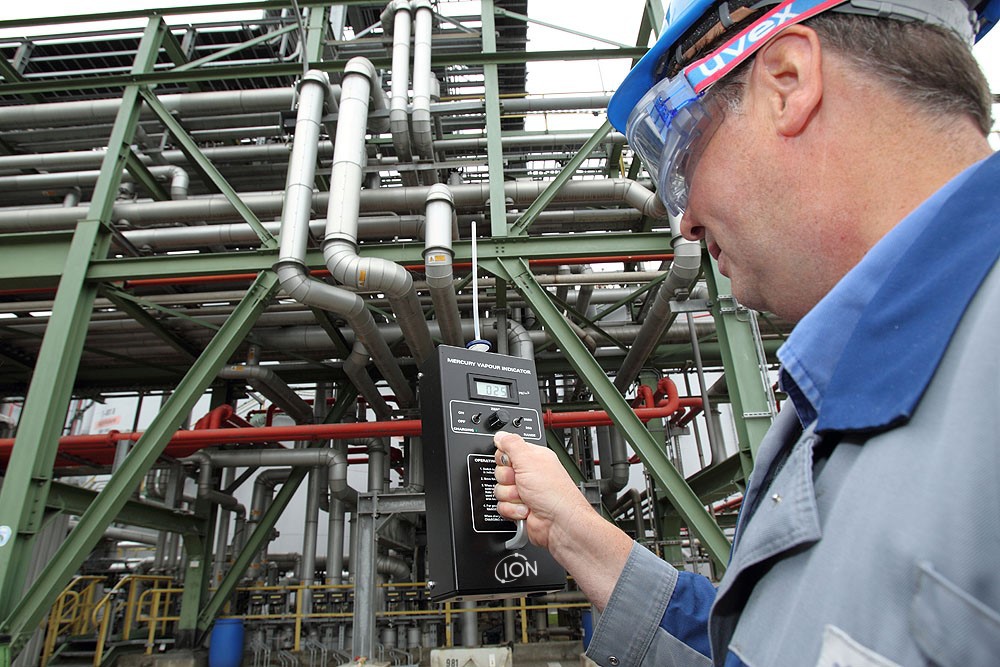
 |
Mark Sennett
Managing Editor |
 |
Kelly Rose
Editor |
Mercury vapour contamination monitoring
23 March 2020
Ion Science is highlighting the suitability of its ergonomically designed Mercury Vapour Indicator (MVI) for rapid and reliable mercury detection.

Environmental pressures and subsequent legislation to control hazardous substances has resulted in a sharp decline in the use of mercury although it remains an important chemical in many industrial processes, including the production of chlorine, cement, caustic soda and sulphuric acid and a wide range of products.
Exposure to excessive levels of mercury can permanently damage or fatally injure the brain and kidneys. Elemental mercury can also be absorbed through the skin and cause allergic reactions.
When properly contained and controlled, mercury can be used safely. Problems start when premises that have historically used the chemical are demolished, decommissioned, repurposed or refurbished. It means mercury that has been contained for decades can be released into the environment.
Ensuring that facilities are safe during construction and that there is no health risk associated with any repurposed land and new or refurbished buildings when they are occupied places an emphasis on effective contamination monitoring.
Ion Science’s MVI is a revolutionary handheld instrument that can detect mercury in just three seconds. The MVI’s dual beam UV technology eliminates the problem of saturation and the need for regeneration between readings, maximising its availability and uptime.
Fast and accurate, Ion Science’s MVI provides continuous readings and offers two detection ranges of 0 – 200 µg/m3 (res. 0.1 µg/m3) and 0 – 2000 µg/m3 (res. 1 µg/m3). These two ranges provide critical coverage for the OSHA PEL at 100 ug / m³ and the IDLH at 1000 ug / m³.
A high-performance pump ensures fast indication and recovery and the instrument’s audible alarm and large digital display clearly indicate the levels of mercury present.
Other conventional monitoring technologies have limitations. For example, cold vapour atomic absorption is excellent at detecting sub parts per billion (ppb) concentrations of mercury but is far too sensitive for use industrial premises and will over-range, making it impossible to pinpoint mercury sources.
Gold film mercury vapour instruments offer a much wider range but are quickly saturated and then have to be regenerated away from the contaminated area before they can be used again.
Ergonomically designed for simple, one-handed operation, the MVI is the ideal survey unit for rapid and reliable mercury detection. It helps to pinpoint mercury sources in even the most challenging environments.
- VOC monitor for extreme conditions
- Gas detection that meets the realities of industrial safety
- Global distributor conference
- 'High sense' sensor
- ION Science wins Queen's Award for Enterprise
- PID sensor enhanced
- Award for VOC monitor
- Increased resistance to humidity and contamination
- High performance sensor development kit
- VOC detection























